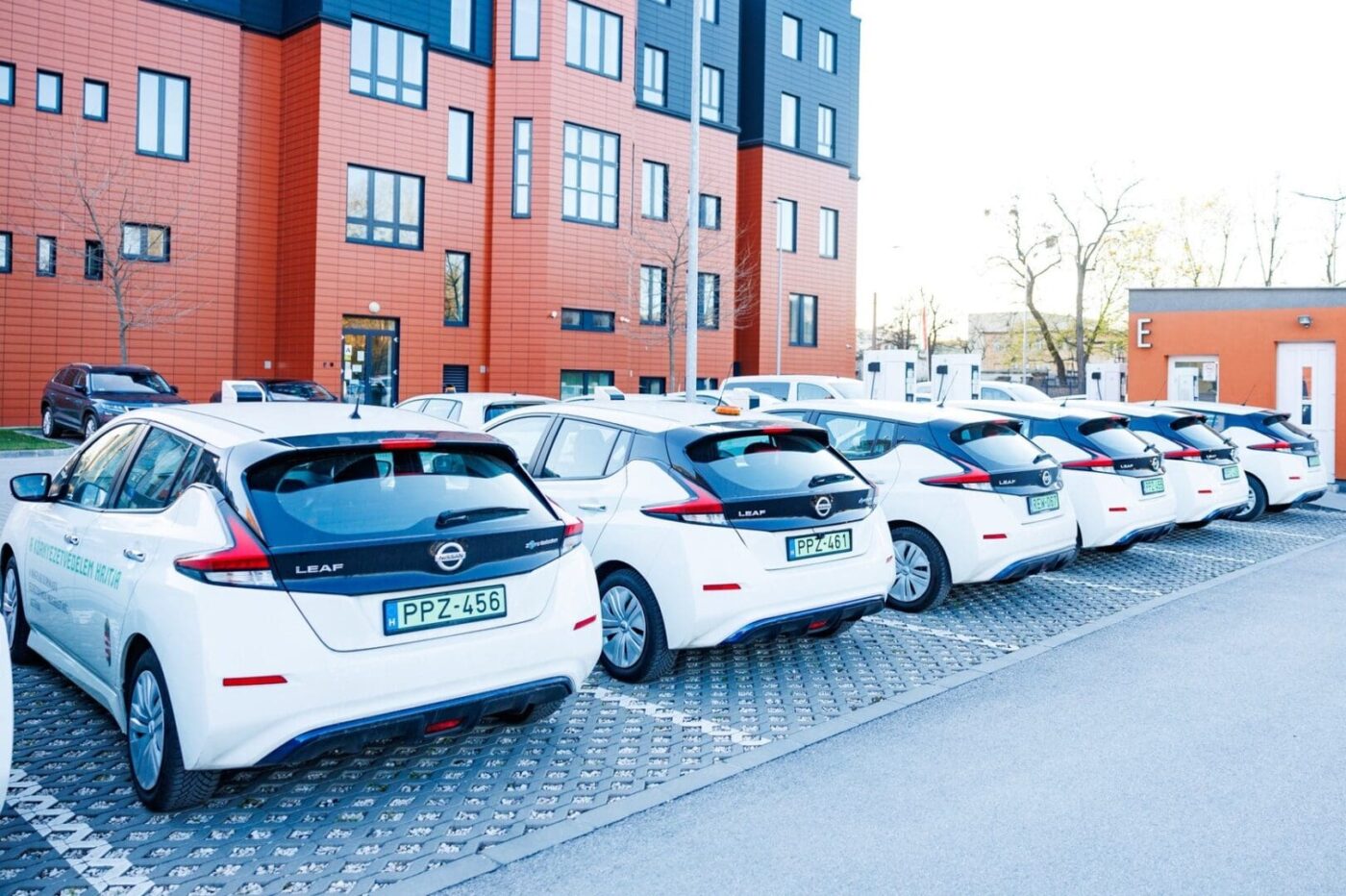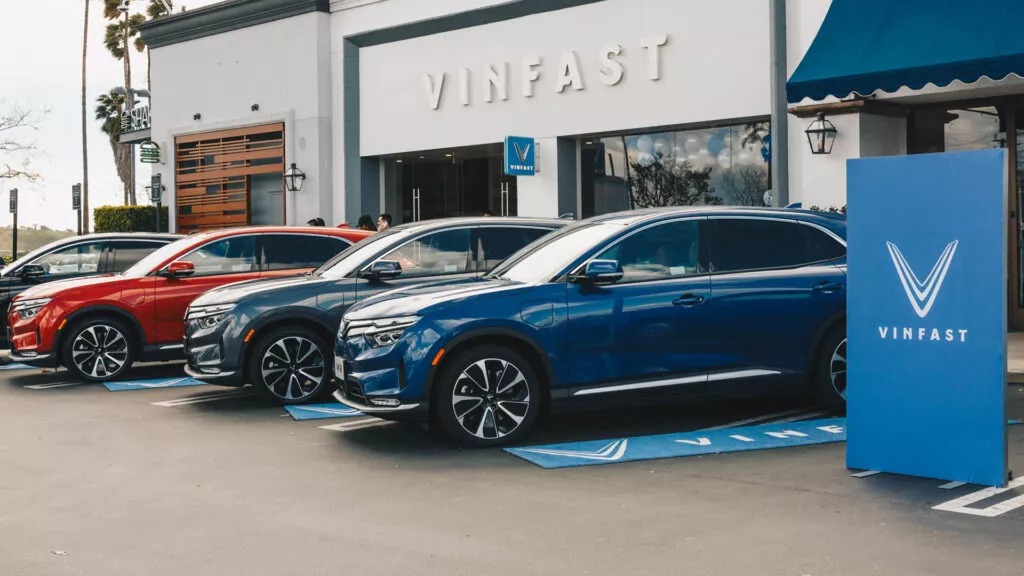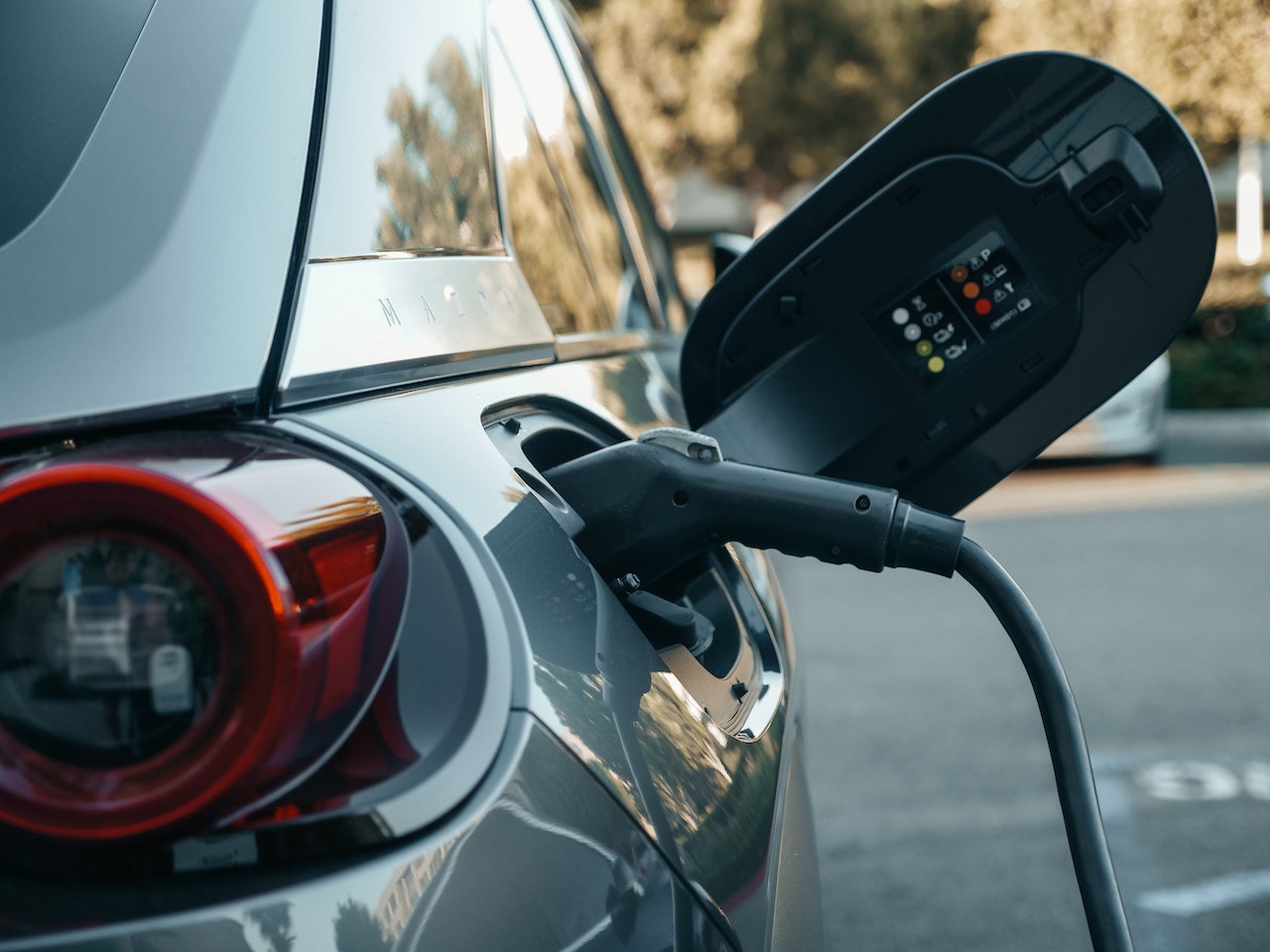Starting September 1, 2024, only fully electric and emission-free vehicles in Hungary will be eligible for green licence plates, ending the current benefits extended to plug-in hybrids and range-extended electric vehicles (REEVs).
As of the end of June 2024, there were 52,209 battery electric vehicles (BEVs), 12,358 plug-in hybrid electric vehicles (PHEVs), and 29,646 REEVs in Hungary, according to the Hungarian Future Mobility Alliance. This brings the total number of vehicles with green licence plates to 101,213.
Under the new regulations, plug-in hybrids and REEVs, which have an all-electric range of 25 to 50 kilometres, must replace their green plates by November 30, 2026. The move is expected to significantly reduce the number of vehicles eligible for the green plates, although the overall number of vehicles in these categories has increased compared to the previous year, with PHEVs showing a notable 35% rise.
The Hungarian government recently launched a 30 billion Hungarian forints ($75.3 million) incentive programme to encourage electric vehicle adoption among company cars. More than 3,400 companies have applied for subsidies, with the government covering between 2.8 to 4 billion HUF of the purchase price.
As a result of the new policy, vehicles that previously qualified for green plates, including luxury SUVs, will no longer be eligible for associated tax incentives, marking a shift in Hungary’s approach to promoting electric mobility.







